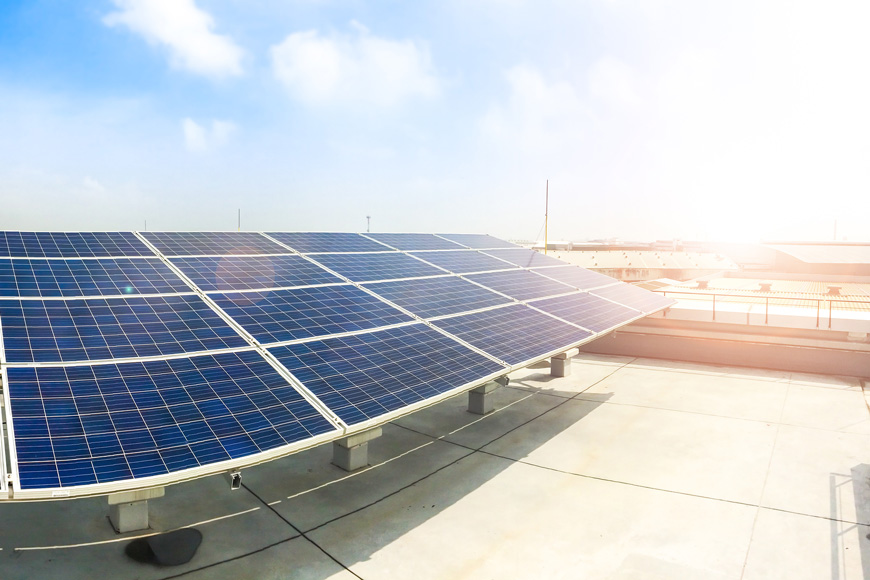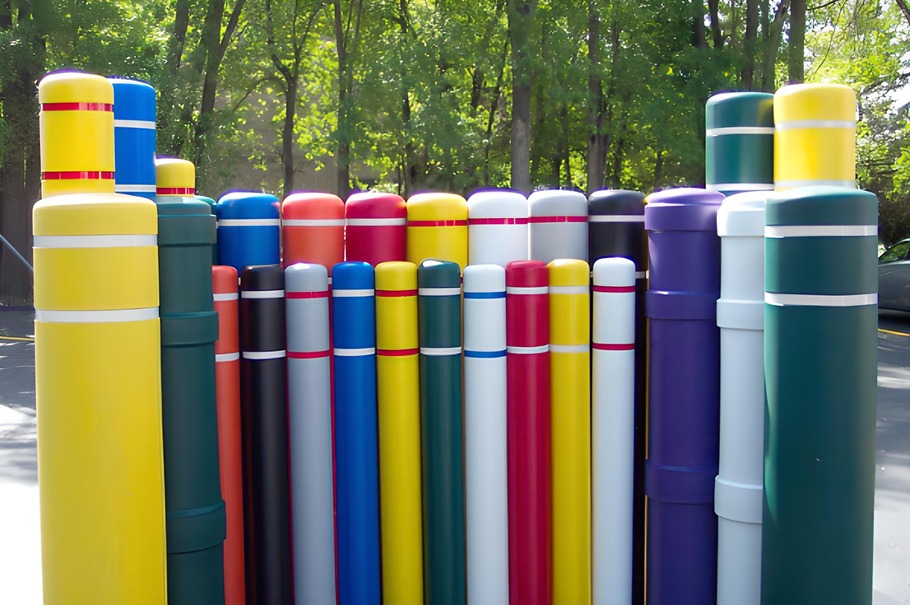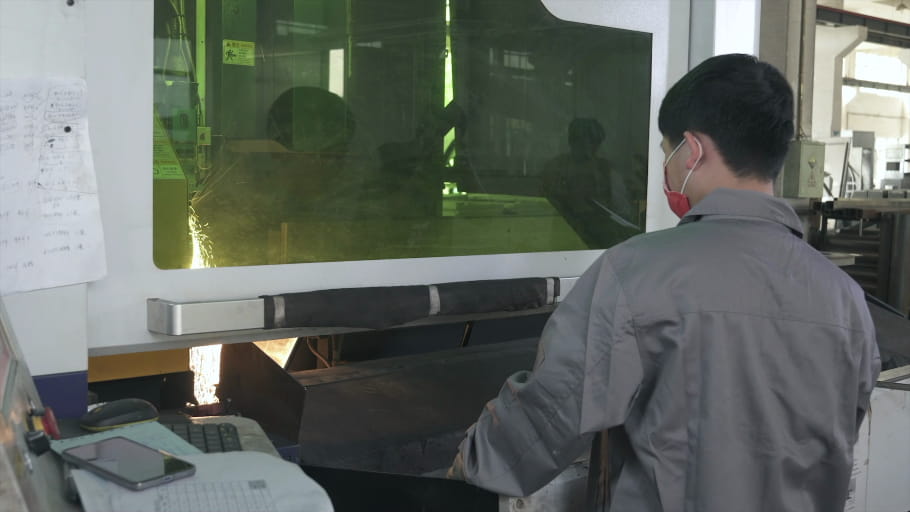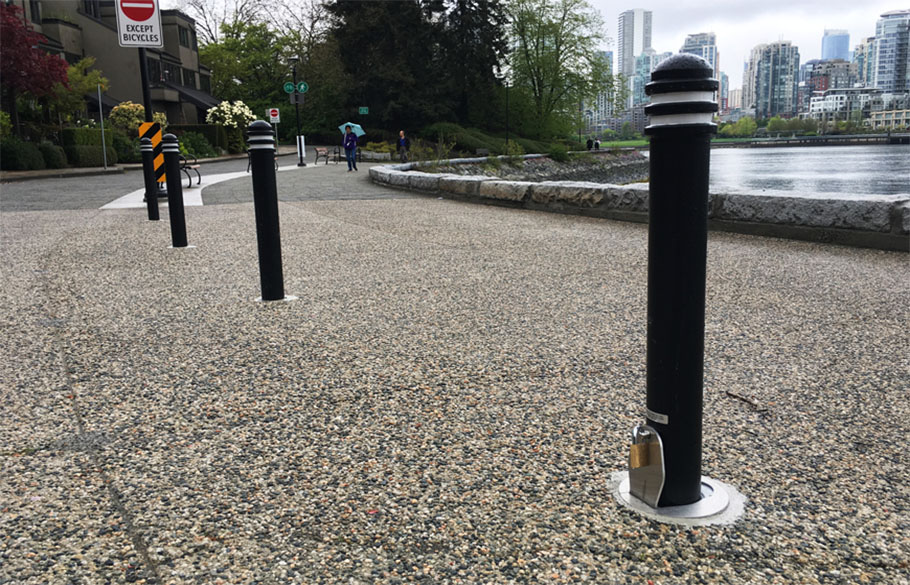What is solar power?
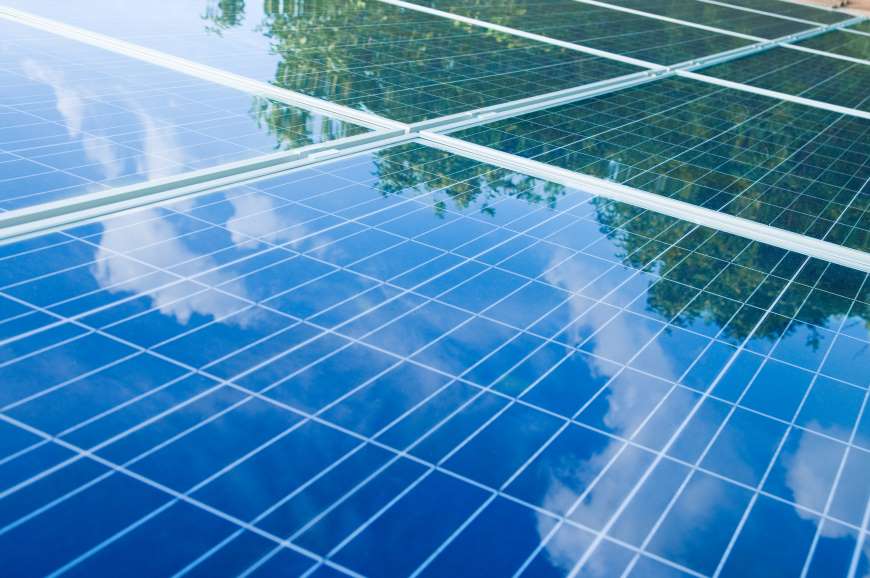
Solar power is energy that is derived from the sun. It can be used to generate electricity for homes, businesses, and communities. Solar power systems work by obtaining the sun’s energy and converting it into electricity using solar panels or concentrated power. With the cost of implementing solar power dropping rapidly, the ability to use the sun as a sustainable energy source is not only realistic, but also on the rise. Persistent pollution problems have led many countries to consider expanding its reliance on solar with substantial investments in capacity. In 2017, China built the largest floating solar farm in the world, which produces enough energy to power 15,000 homes.
Solar energy is just one form of renewable energy: energy derived from resources that can be replenished naturally, such as hydropower, wind, solar, and biomass. The U.S. Energy Information Administration (EIA) estimates that in 2016, around 10% of energy consumption came from renewable sources—with projections suggesting this will only continue to increase. Within the renewable energy group, biomass, hydro, and wind power make up the large majority. Still, solar energy is quickly gaining momentum as solar technology improves in price and efficiency.
How does solar power work?
The sun produces vast amounts of energy that comes to earth as light, and is converted to heat whenever it hits an object. Solar power systems consist of solar panels that are designed to convert that sunlight into usable power.
There are two main types of panels used to collect solar energy: solar photovoltaics (solar panels), and solar thermal systems.
Photovoltaic
Photovoltaic (PV) panels account for more than 80% of solar energy systems. They are used when the type of energy needed is electricity. Solar panels are comprised of multiple solar cells, or photovoltaic (PV) cells. Each solar panel or PV panel uses semiconductor material containing silicon cells that react with photons from the sun’s rays. When light hits the cell, a portion is absorbed within the semiconductor material and knocks the electrons loose, allowing them to flow. The result is the generation of direct current (DC), which is then converted into alternating current (AC). The AC can be transmitted to local energy distribution networks to power homes and commercial buildings. If more electricity is produced than what is needed and the system is connected to the local network, the surplus can be fed back into the national power grid.
PV cells can also work when not connected to a grid. Self-contained PV systems can collect and store solar energy with internal mechanisms to output that energy directly, without the use of a power grid. The scale of these systems can range from small, solar-powered calculators to high-capacity power systems for shelters from natural disasters.
PV panels can convert the sun’s rays into electricity with optimal conversion efficiency of approximately 15%—up to 20% conversion is possible in some panels. One key to increasing the efficiency of these cells is to reduce the reflection of light from the panel, and new coatings to achieve this are continuously being developed.
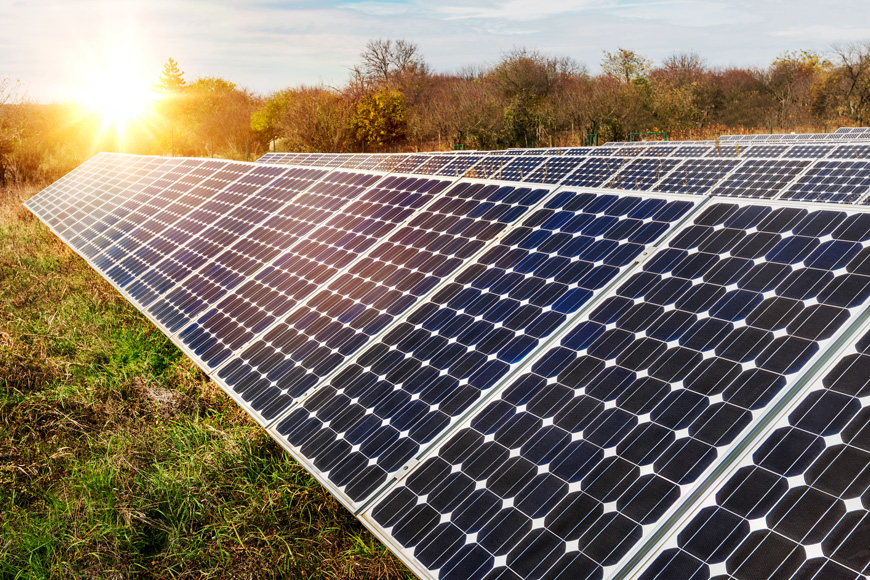
Solar thermal
Solar thermal panels are used when the type of energy needed is heat. Solar thermal panels operate by absorbing sunlight and converting it into usable thermal energy—used primarily to heat water tanks. A solar thermal panel can be referred to as a solar water heater, solar water panel, or solar thermal collector.

Solar energy limitations
Although solar energy has some advantages compared to alternate energy sources, it still has limitations. Without a storage system, solar energy is limited, as it is an intermittent energy source: access to direct sunlight is only available at certain times, and weather conditions can fluctuate. Solar technologies also require a lot of area to collect the sun’s energy in useful amounts. There are solutions that can mitigate some of these concerns, however, and help to offer a constant source of energy.
Solar energy storage
A crucial parallel technology to solar cells is energy storage, with developments centered around lithium ion batteries. The rise in demand for electric vehicles has led to significant improvements in the size of batteries and the length of running time before the need to recharge.
Battery packs have been developed for home and commercial applications, so consumers can collect energy during daylight hours and this stored energy can be used later at night. For inspired homeowners, a combination of solar panels and battery packs can even help them remove themselves completely from the grid.
Solar energy storage is especially useful for crisis shelters, which can be made self-sufficient in case electrical services shut down. In 2014, the SunSmart E-Shelter Program in Florida installed solar power collection and storage systems in more than 115 schools, as part of a hurricane preparedness program.
Small-scale systems with standalone solutions have the advantage of not requiring connection to the grid or to be networked with any other system. PV cells provide power directly to points of need.
Solar lights
Solar lights and solar lighting bollards are used to light up parking lots, pathways, and other cycling or pedestrian spaces. However, not all solar lighting bollards are created equal—their capacity can vary as well as their durability. Reliance Foundry’s solar lighting bollards use high-capacity lithium batteries that enable them to stay on for up to 14 nights. Their durability guards against vandalism, as well as harsh weather conditions. Solar lighting is a simple and effective lighting solution, and is inexpensive to install in areas without preexisting ground wiring.
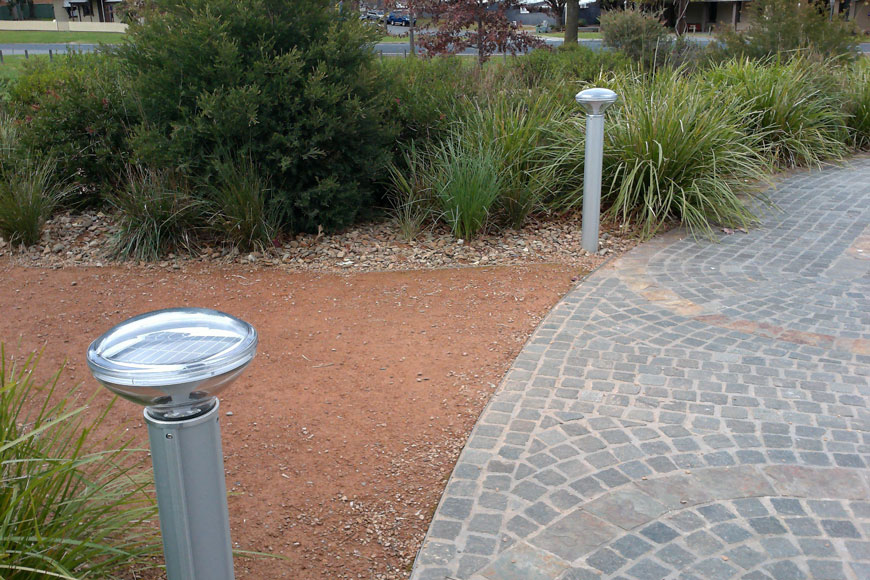
Solar geysers
Solar geysers, a system to heat household water, were one of the first applications to garner interest in the homeowner market. Solar geysers rely on warm water rising, known as natural convection, to circulate water through the flat plate collector and to the tank. As the water in the plate heats up, it rises into the tank above, and the cooler water flows downwards into the absorber. This process causes circulation throughout the system.
Communication towers
Communication towers may operate in areas with an unreliable grid or no grid supply. These towers rely on solar energy to bring digital communication to regions that do not have access to power grids.
Cost of solar technology
The reduction in the costs of solar panels have been influential in the adoption of the technology. The manufacturing costs of solar panels have dropped by 10% per year since the 1980s. These cost reductions, together with government subsidies in some countries, are causing a high adoption rate in regular households.
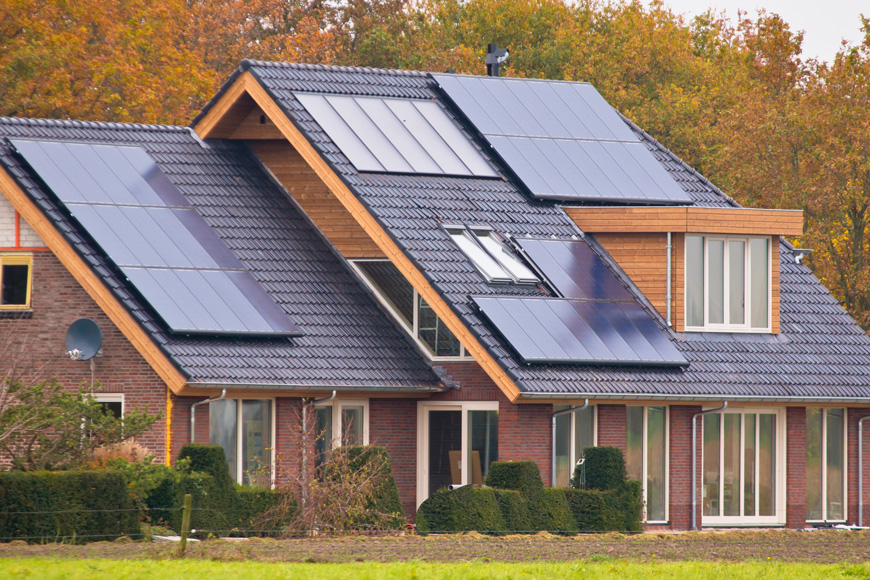
Mass production and economies of scale are also driving down costs as the increase in demand enables manufacturers to optimize their manufacturing facilities and expand production. Solar roof tiles are a new territory being explored by Elon Musk, the entrepreneur behind Tesla’s electric cars. Solar roof tiles allow customers to install roof tiles with solar cells built in, instead of large PV cells mounted on top of existing roofs—a more efficient and aesthetically-pleasing option.
Environmental impact
Although solar power is a cleaner alternative to fossil fuels, it is not without its own set of concerns. Solar panel manufacturing uses chemicals, and the production process emits greenhouse gases. Solar power also often requires batteries for power storage, necessitating responsible battery production and disposal.

The potential drawbacks associated with solar power can vary greatly depending on the technology used, as well as the scale of the system. Both land and water use must be examined.
Land impact
The environmental impact of solar power systems to land increases with capacity. If a large-scale system is built in a natural habitat for various species and flora, habitat loss and land degradation can occur. Therefore, large-scale solar systems should only be set up in lower-quality locations such as brownfields or abandoned mining land to minimize these land impacts. Small-scale solar systems can be built on homes or commercial buildings and do not pose significant land impact concerns.
Water impact
Some solar power designs require water for condensation or cooling. This can cause a conflict when the solar thermal plant is in desert areas with limited water resources. In these situations, dry-cooling technology can be implemented to reduce water use at solar thermal plants by approximately 90%. However, this increases operational costs, decreases efficiency, and may be less effective at temperatures above 100°F. Many areas in the US that can generate the most solar energy are in the driest climates, therefore it is pivotal to be mindful of these water tradeoffs.
The future of solar
Despite some challenges, solar energy has quickly become mainstream with technological advances and reduction in production costs. The sheer number of companies investing in the sector, along with the research devoted to solving key challenges, are bound to produce innovative new solutions. Not only is solar power effective for everyday use in residential and commercial applications, it is a reliable source in crisis situations where alternative methods of generating electricity are inaccessible. In these cases, solar energy can provide a consistent source of energy to emergency shelters and evacuation facilities, offering evacuees peace of mind, comfort, and the ability to stay connected. It is expected that PV efficiencies will continue to grow as the economics of solar power continue to change.
Sources
- Clean Technica. “Solar Thermal Panels, Practical but Not Yet Popular—A Solar Overview“

